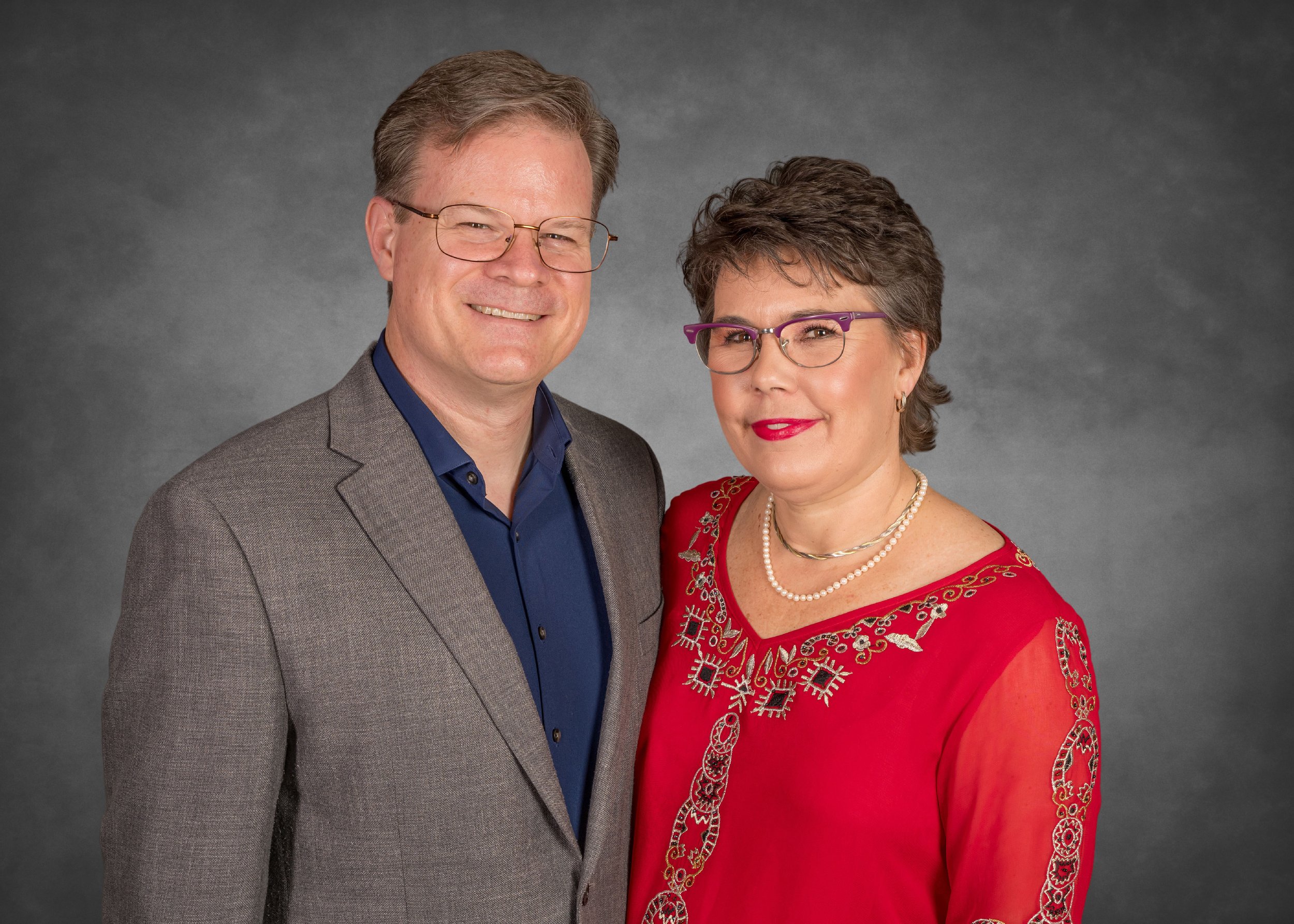What is Text Neck Syndrome?
Text neck syndrome is an umbrella term for the increasingly common occurrence of neck injuries arising from excessive use of personal technology devices (e.g., mobile phones, laptops, or gaming consoles). While anyone can suffer from text neck syndrome, text neck is generally more common amongst children and teens who spend long periods of their day using technology.
Signs and Symptoms of Text Neck Syndrome
The severity of text neck syndrome cases varies depending on general lifestyle factors and how often an individual is using their device. In most cases, patients with text neck experience symptoms like nerve pain, numbness or tingling in the neck and upper limbs, sharp or shooting pain in the neck, headaches, eye pain, stiffness in the neck and shoulders, and a decreased range of motion in the neck.
How the Upper Cervical Spine Affects Text Neck Syndrome
Text neck is primarily caused by the weight of the head placing pressure on the head-neck junction of the upper cervical spine. When the head is bent forward, like when you’re looking down at your phone, the head (which can weigh up to 45-pounds) is mostly supported by stabilizing muscles in the neck and upper back.
Keeping your head in this position for long periods of time can result in repeated stress to the upper cervical spinal column. Left untreated, compounding stress injuries in the head-neck junction can lead to vertebral misalignment, chronic pain, and other text neck symptoms.
How Our Treatment Works for Text Neck Syndrome
Dr. Gordon Elder is an expert in an adjustment procedure called the Blair Chiropractic Technique. This chiropractic technique focuses on restoring the health of the upper cervical spine through gentle and precise spinal corrections.
Dr. Elder employs a two-step approach to identifying and healing conditions like text neck. First, patients suffering from text neck will undergo a 25–30-minute consultation to establish if a vertebral misalignment is causing text neck symptoms. Following your consult, you’ll receive a brief report on the screening process and have an opportunity to ask Dr. Elder any questions about your spinal health. This process will involve the use of advanced 3-D imaging diagnostic techniques to determine the specific location of any misalignments.
Next, Dr. Elder will use a series of low-force adjustment techniques to restore misaligned vertebrae back into their natural position, thereby allowing the body’s natural healing mechanisms to restore and maintain proper support for the head carriage.
Following initial adjustments, patients will need to return for regular check-ups (for at least 3-5 months) to ensure their adjustment has held. Most patients average between 10 and 15 appointments with Dr. Elder to achieve long-lasting results.
If text neck syndrome is causing you pain, please contact us today to schedule an appointment with Dr. Elder. Located in Lubbock, Texas, Blair Chiropractic Clinic also services Amarillo, Midland, Odessa, Abilene, El Paso in Texas, and Hobbs in New Mexico.





















